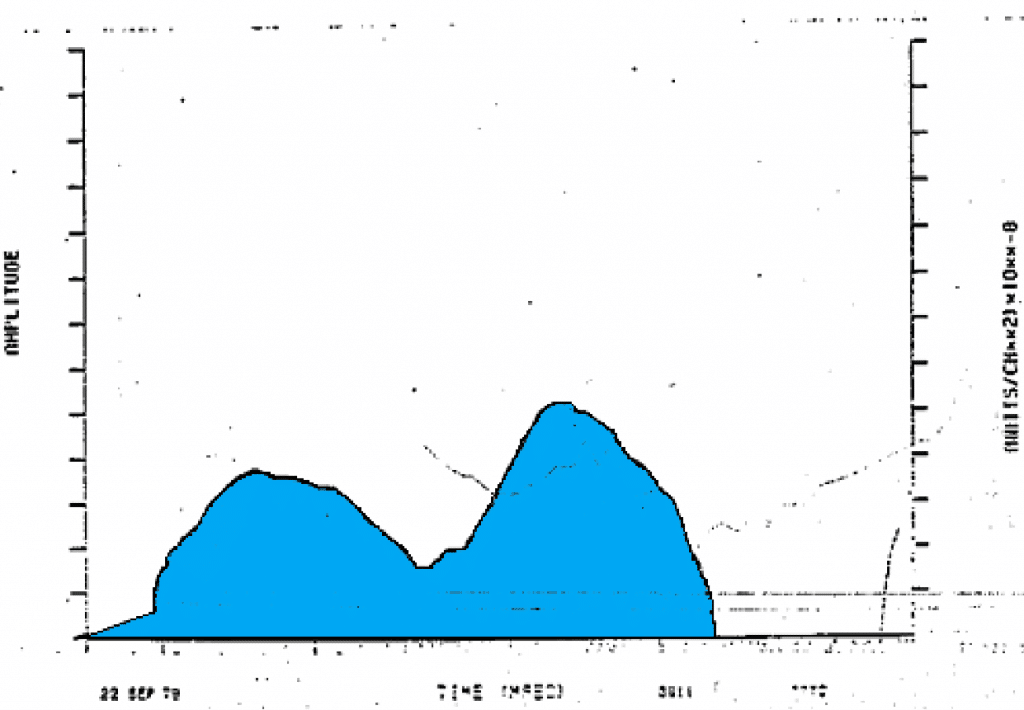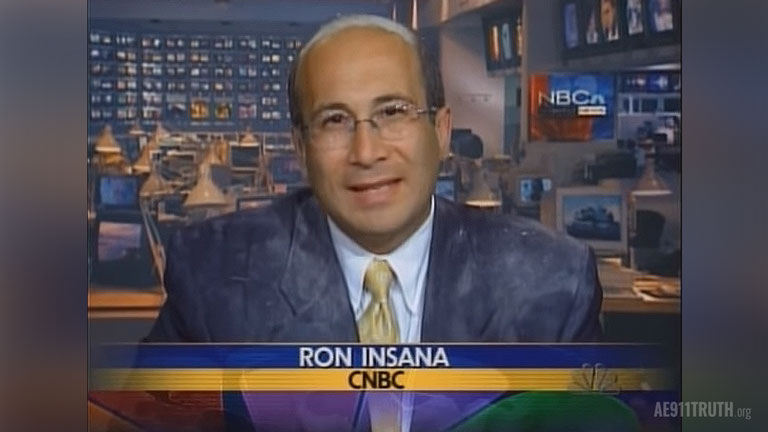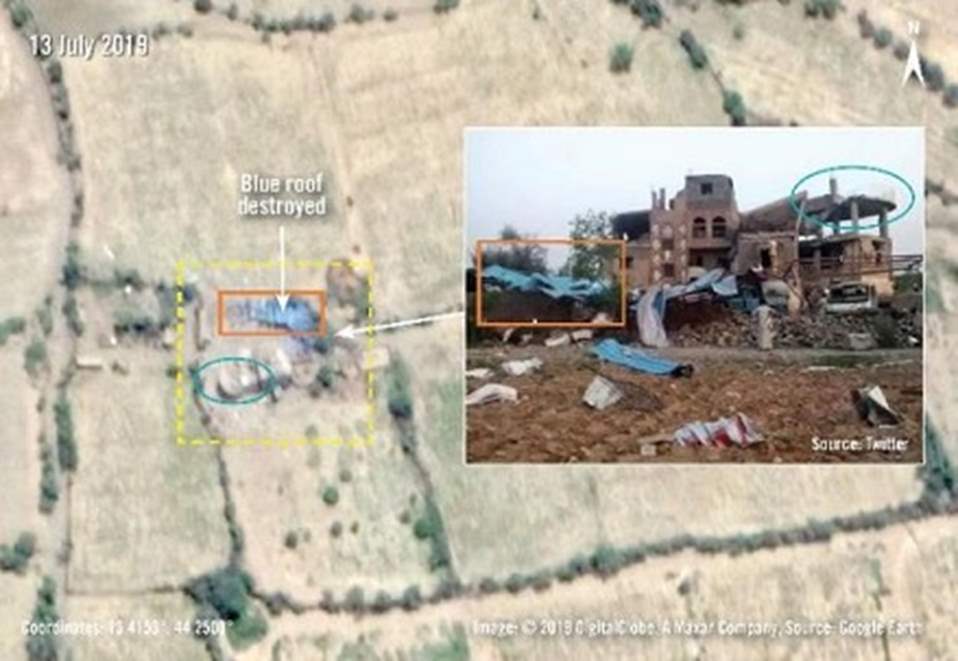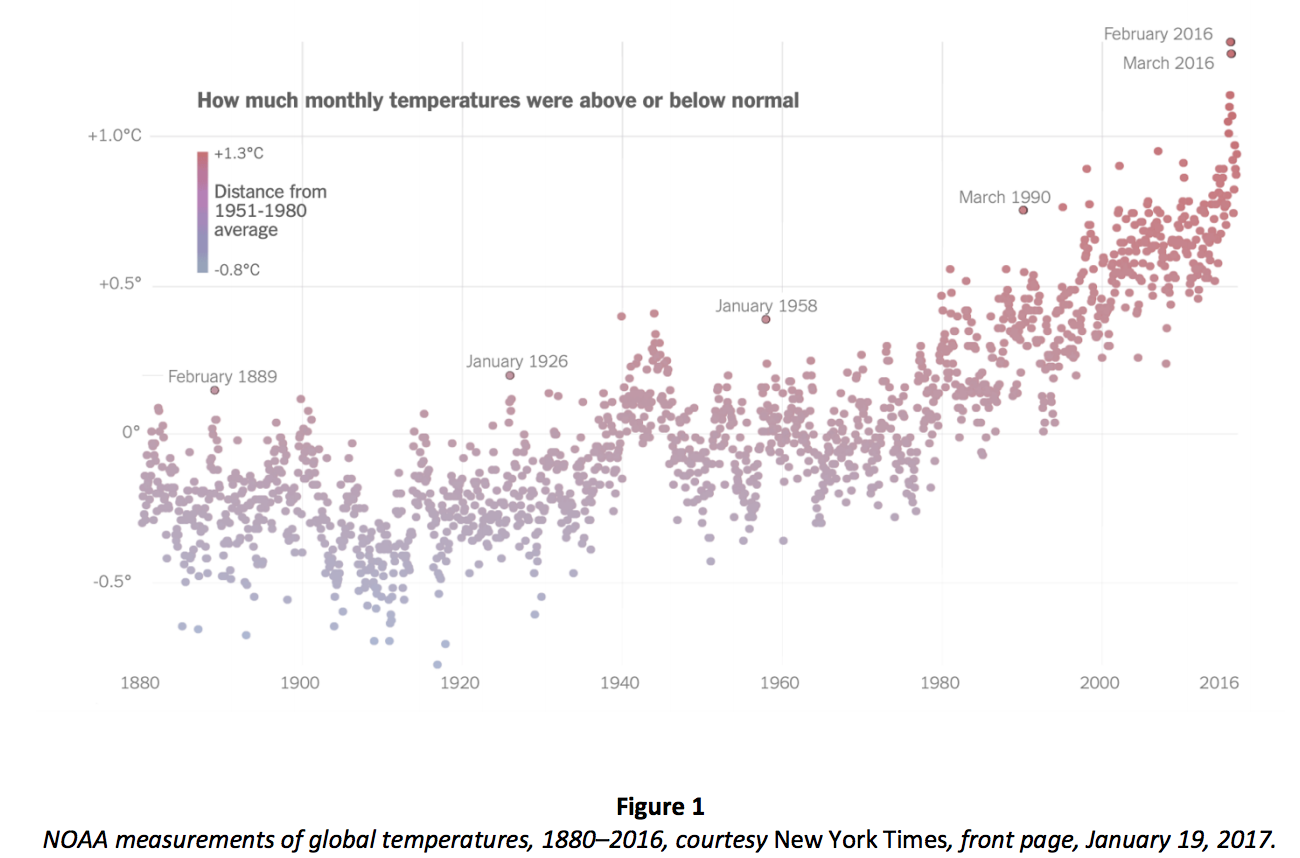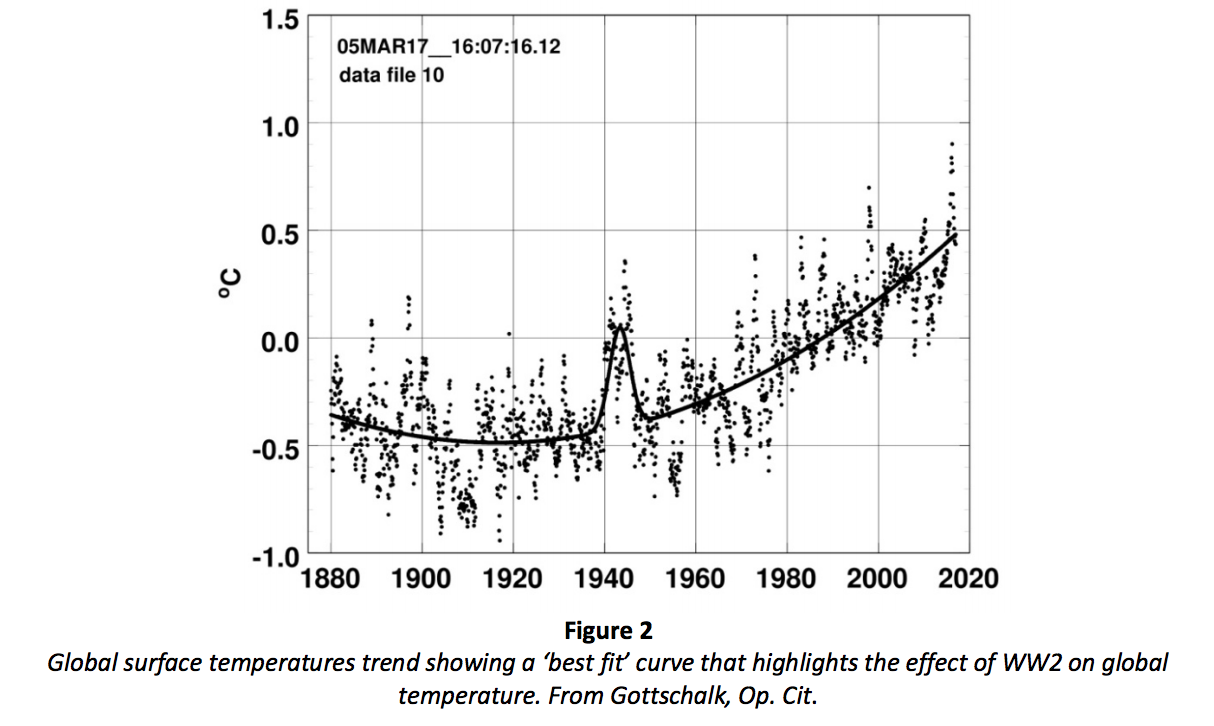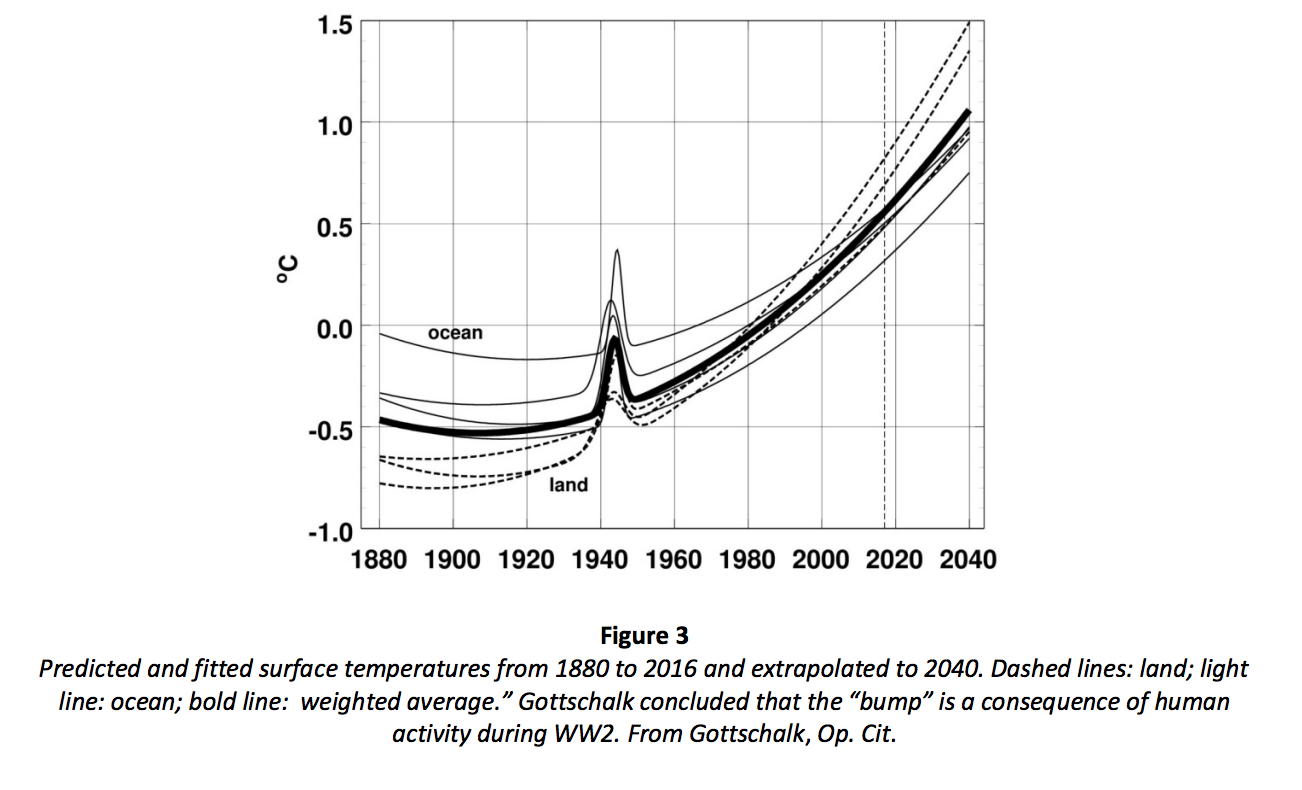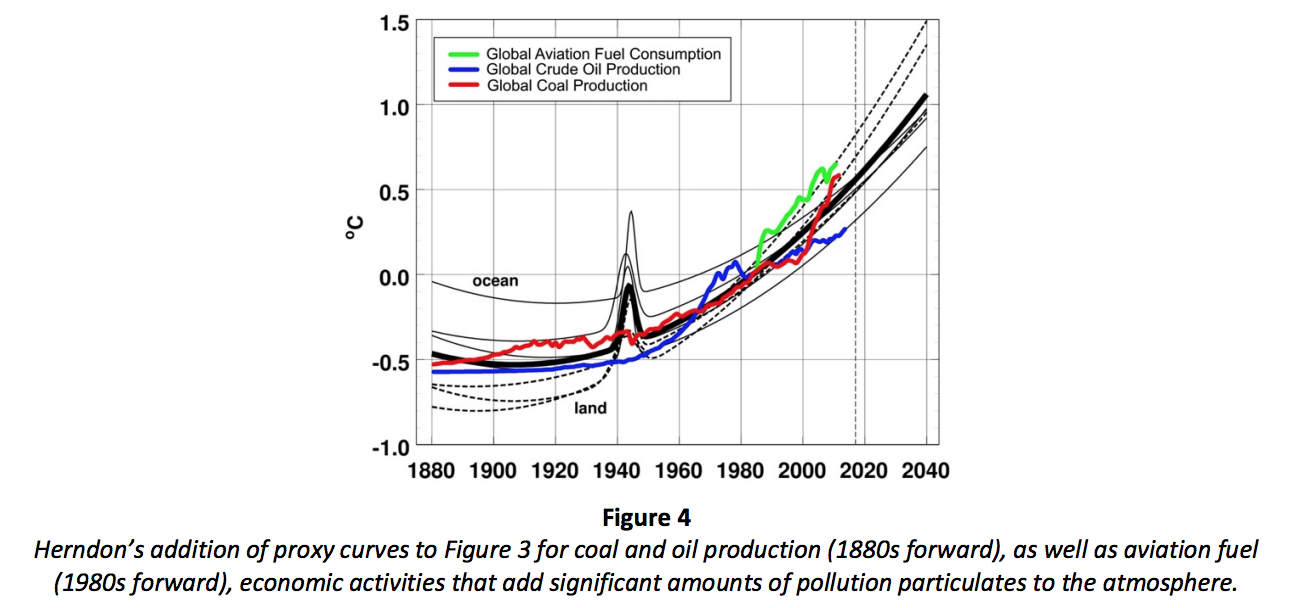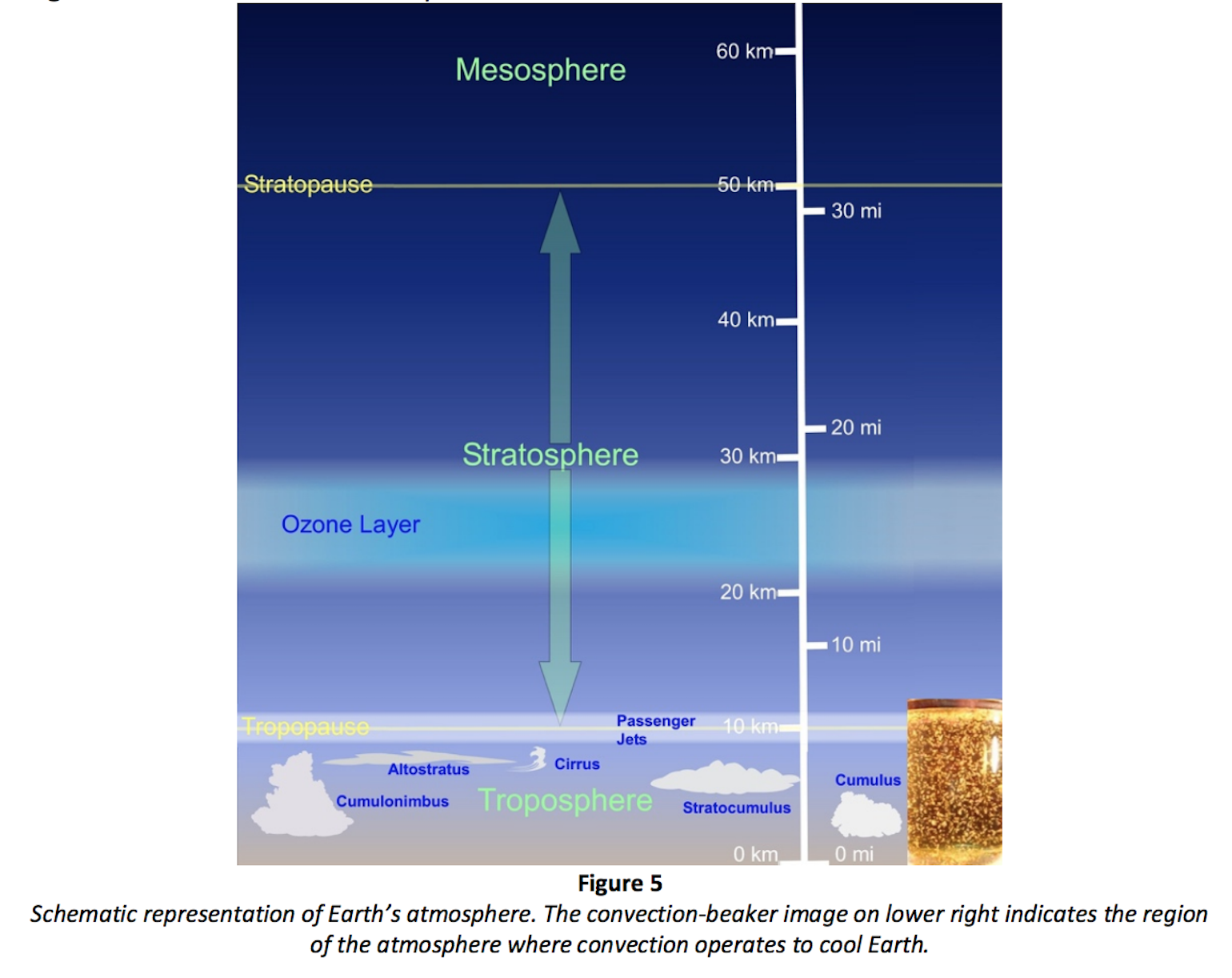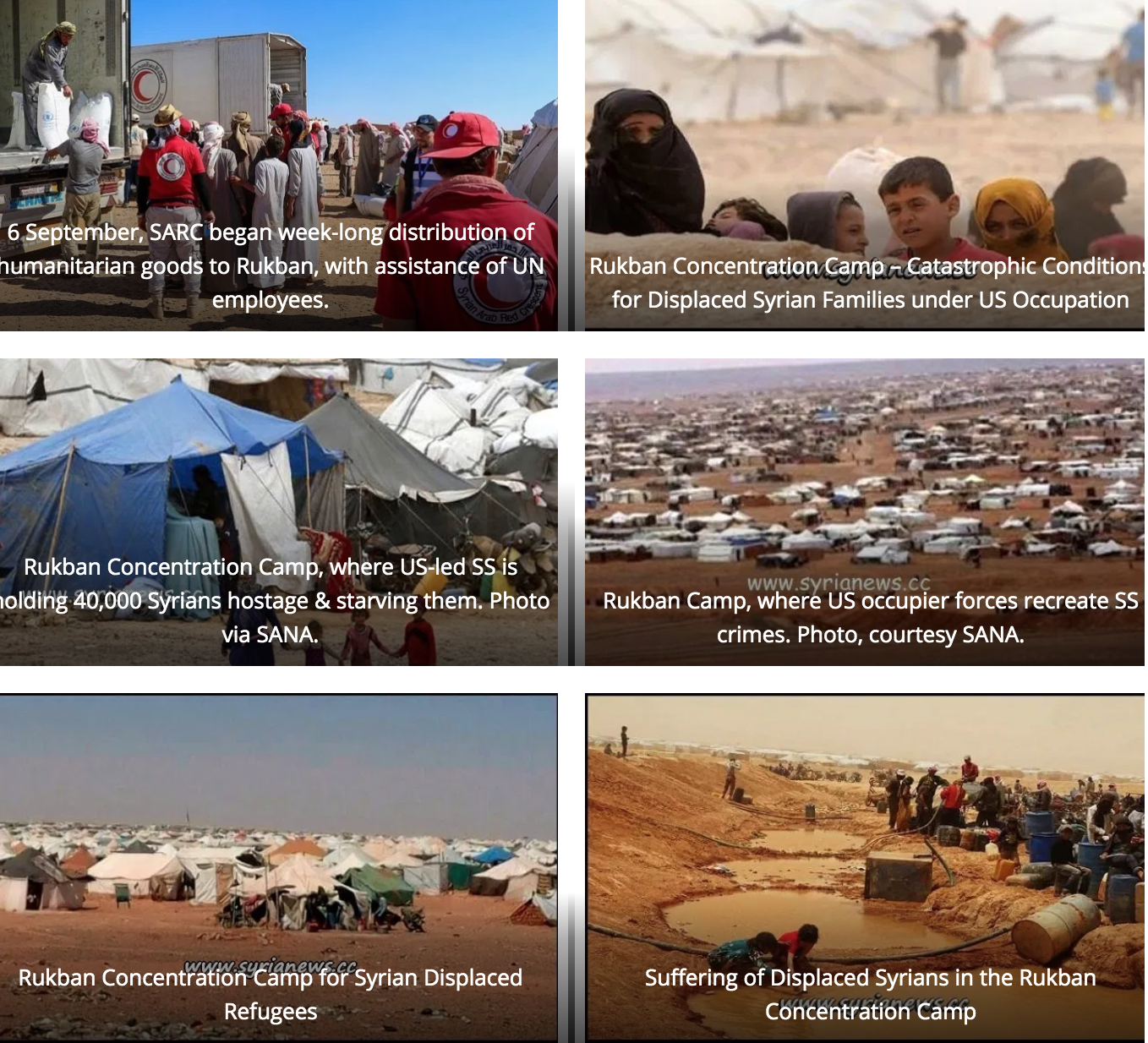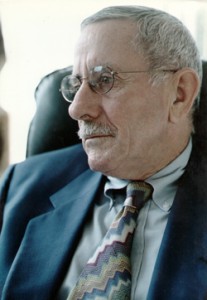At UN Session, US Empire in Decline and Global Solidarity on the Rise
September 27th, 2019 by Kevin Zeese
As the United Nations General Assembly conducts its fall session, Popular Resistance is in New York City for the People’s Mobilization to Stop the US War Machine and Save the Planet. Themes of the mobilization are connecting militarism and climate change and raising awareness that the United States regularly violates international laws, including the United Nations Charter. These laws are designed to facilitate peaceful relationships between countries and prevent abuses of human rights. It is time that the US be held accountable.
The People’s Mobilization arose out of the Embassy Protection Collective after the US government raided the Venezuelan Embassy in Washington DC last May in blatant violation of the Vienna Convention to install a failed coup and arrested Embassy Protectors even though they were in the embassy with the permission of the elected government of Venezuela. This was an escalation of US regime change efforts – the coup failed in Venezuela but the US recognized the coup leader and started turning Venezuela’s assets over to him anyway. Members of the Collective sought to bring the message that it is dangerous for the world and a threat to the future of all of us if the US continues on its lawless path.
We participated in the Climate Strike on Friday where our messages about the impact of US militarism on climate were well-received. On Sunday, we held a rally in Herald Square and on Monday, we held a public event: “A Path to International Peace: Realizing the Vision of the United Nations Charter.” We need to build an international people’s movement that complements work the Non-Aligned Movement and others are doing to bring countries together that are dedicated to upholding international law and take action together to address global crises.
In front of the United Nations after the rally and march with our message. By Yuka Azuma.
The US Military is a Great Threat to our Future
We wrote about the connections between militarism and the climate crisis in our newsletter a few weeks ago so we won’t go too deeply into those details here. The US military is the largest single user of fossil fuels and creator of greenhouse gases on the planet.
It also leaves behind toxic pollution from burn pits and weapons such as depleted uranium (DU). The use of DU violates international law, including the Biological Weapons Convention. As described in David Swanson’s article about a new study, which documents the horrific impact of DU on newborns in Iraq,
“…every round of DU ammunition leaves a residue of DU dust on everything it hits, contaminating the surrounding area with toxic waste that has a half-life of 4.5 billion years, the age of our solar system, and turns every battlefield and firing range into a toxic waste site that poisons everyone in such areas.”
The US military poisons the air, land, and water at home too. Pat Elder, also with World Beyond War, has been writing, speaking and organizing to raise awareness of the use of Per and Poly Fluoroalkyl Substances (PFAS) by the military across the US and the deadly effects it has. Elder states that the military claims to have “sovereign immunity” from environmental laws. In other words, the US military can poison whomever and wherever it chooses without risk of legal consequences.
As scary as the climate crisis and a toxic environment are, another existential threat is a nuclear war. The US military is upgrading its nuclear weapons so it can use them. The US National Security Strategy is “Great Power Conflict” and the new National Security Adviser to Trump, taking John Bolton’s place, Robert C. O’Brien, advocates for more military spending, a larger military and holding on to US global domination. These are dangerous signs. How far is the US military willing to go as US empire clings to its declining influence in the world?
In “Iran, Hong Kong and the Desperation of a Declining US Empire,” Rainer Shea writes, “There’s a term that historians use for this reactive phase that empires go through during their final years: micro-militarism.”
Alfred McCoy defines micro-militarism as “ill-advised military misadventures… [that] involve psychologically compensatory efforts to salve the sting of retreat or defeat by occupying new territories, however briefly and catastrophically.”
Micro-militarism is on display in Venezuela, where the US has been trying for two decades to overthrow the Bolivarian Process without success. It is on display in US antagonism of Iran, a country that has never attacked the US and that upheld its end of the Joint Comprehensive Plan of Action. When the US called for countries to join its escalation of military presence in the Straits of Hormuz, there was little enthusiasm from European allies. And when the US tried to blame the attack on Saudi oil refineries on Iran, even Japan refused to go along. Now, Iran is participating in INSTEX, a mechanism for trade that bypasses institutions controlled by the US.
Micro-militarism is manifested in the US’ failed attempts to antagonize China. With KJ Noh, we wrote an Open Letter to Congress, explaining why the Hong Kong Human Rights Act must be stopped as it will further entangle the US with Hong Kong and Mainland China, providing a foundation for US regime change campaign there. As China celebrates 70 years as the Peoples Republic of China, which ended over a century of exploitation by imperialists, it is in a very strong position and indicates it has no interest in caving in to US pressure. Instead, China is building its military and global relationships to rival US hegemony.
Margaret Flowers and Kevin Zeese at the People’s Mobe Rally. By Ellen Davidson.
Holding the US Accountable
Micro-militarism is a symptom of the ailing US empire. We are in a period where the US military and government behave in irrational ways, consuming US resources for wars and conflicts that cannot be won instead of using them to meet basic needs of people and protection of the planet. The US is blatantly violating international laws that make regime change, unilateral coercive measures (aka sanctions) and military aggression illegal.
The US is conducting economic terrorism against scores of nations through illegal unilateral coercive measures (sanctions). In the case of Cuba, the economic blockade goes back nearly six decades since the nation overthrew a US-backed regime there. The US blockade cost Cuba $4.3 billion in 2019, and close to $1 trillion over the past six decades, taking into account depreciation of the dollar. In Iran, sanctions have existed since their independence from the Shah of Iran’s US dictatorship in 1979 and in Zimbabwe, sanctions go back to land reform that occurred at the beginning of this century. The United States is conducting ongoing regime change campaigns in multiple nations among them Venezuela, Nicaragua, Iran and now Bolivia.
The US is also abusing its power as the host country of the United Nations by ordering diplomats out of the country for spurious reasons and curtailing the travel of diplomats of countries the US is targeting. This week, the US ordered two Cuban diplomats to leave the United States. The reason was vague, i.e., their “attempts to conduct influence operations against the US.” This undefined phrase could mean almost anything and puts all diplomats at risk if they speak in the US outside of the UN. We expect this is one reason diplomatic representatives from some of the countries that planned to participate in the Monday night event stayed away.
Venezuela’s Foreign Minister Jorge Arreaza was the first Foreign Minister to be sanctioned while he was in the United States on official business. Arreaza was sanctioned on April 25, just after he spoke to the United Nations General Assembly as a representative of the Non-Aligned Movement denouncing the US’ attempts to remove representatives of the sovereign nation of Venezuela from the UN.
On July 30, the US imposed sanctions on Iran’s foreign minister Javad Zarif saying he was targeted because he is a ‘key enabler of Ayatollah Khamenei’s policies.’ Does that mean the Foreign Minister was punished for representing Iran? When Zarif came to the UN for official business this July 14, the US took the unusual step of severely restricting his travel, limiting him to travel between the United Nations, the Iranian UN mission, the Iranian UN ambassador’s residence, and New York’s John F. Kennedy International Airport. Traditionally, diplomatic officials were allowed a 25-mile radius around Columbus Circle. The US said Zarif “is a mouthpiece of an autocracy that suppresses free speech” and suppressed his freedom of speech in response.
As the United States becomes more brazen and ridiculous in its attempts to stay in control, it is driving other countries to turn away from the US and organize around it. There are growing calls for the United Nations to consider leaving the US and reestablish itself in a location where the US cannot sanction people for its own political purposes. Perhaps there is a need for a new international institution that does not enable US domination.
Civil society panel at the Path to International Peace event. By Ellen Davidson.
People are Uniting For Peace, Security and Sustainable Development
The US’ actions point to the need for peace and justice activists to build an international network to demand the upholding the rule of law. Popular Resistance and its allies are contributing to the formation of that transnational solidarity structure through the new Global Appeal for Peace.
This July, delegations from 120 countries of the Non-Aligned Movement (NAM) united to oppose US policy against Venezuela and demand an end to sanctions as part of The Caracas Declaration. NAM was founded in 1961 and the UN General Secretary described the importance of the movement highlighting that “two-thirds of the United Nations members and 55% of the world’s population” are represented by it, making it the second-largest multinational body in the world after the UN.
From August 29 through September 6, 38 countries and hundreds of foreign and local companies participated in Syria’s 61st Damascus International Fair despite the threat of US economic sanctions against corporations and countries that participated. The Damascus International Fair is considered the Syrian economy’s window to the world, re-started in 2017 after a 5-year hiatus due to the war against Syria. Despite a NATO bombing of the Fair in 2017, people kept coming and the Fair has continued.
Countries are also working to find ways around US economic warfare by not using the US dollar or the US financial industry to conduct trade. China is challenging the US by investing $400 billion in Iran’s oil and gas industry over 25 years and has added $3 billion investment in Venezuelan oil in 2019. Russia has also allied with Venezuela providing military equipment, and porting Navy ships in Venezuela as well as providing personnel. France has called on the EU to reset its relationship with Russia, and Germany and Russia are beginning to work together to preserve the Iran nuclear agreement.
The Global Appeal for Peace is uniting people to demand of our governments in their interactions with all nations – for the sake of world peace, international security and peaceful co-existence – to respect the principles of the United Nations Charter and to follow and defend international law. The Global Appeal urges people to immediately join this initiative and help redirect the world toward an era of global stability and cooperation.
We seek to build a transnational movement that is multi-layered. People and organizations from civil society representing different sectors, e.g. laborers, academics, doctors, lawyers, engineers, as well as representatives of governments impacted by violations of international law by the United States, need to join together. The seeds of such a network have been planted and are sprouting. If this transnational network develops and the rule of law is strengthened internationally, we will be able to achieve the goals of peace, economic sustainability, and human rights and mitigate the impacts of a dying empire gone rogue.
Watch part of the People’s Mobe Rally here:
Watch the People’s Mobe March here:
Watch the “Path to International Peace” here:
*
Note to readers: please click the share buttons above or below. Forward this article to your email lists. Crosspost on your blog site, internet forums. etc.
Kevin Zeese and Margaret Flowers co-direct Popular Resistance where this article was originally published.




